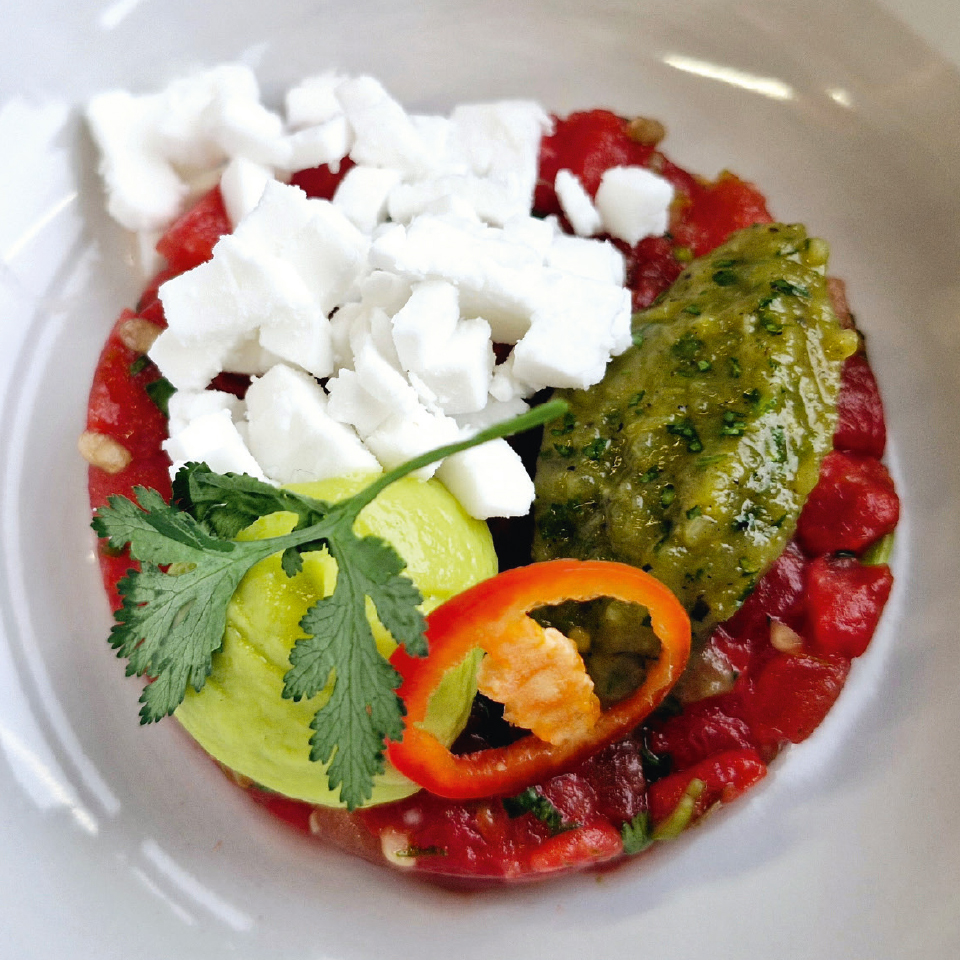How to deal with customer complaints
Get to grips with common gripes so you can turn service snags into smiles
How did you start working in food?
I was the first one home from school and my mother would leave notes asking me to peel potatoes or do small jobs. That turned into preparing more of the meal and she encouraged me, saying I had a talent for cooking. Funnily enough, the year I left school, I had a place to study business and completely dismissed being a chef. But before college started, I took a summer job in a hotel, washing up and doing prep. I loved the environment, quickly changed my mind and applied for catering college on the Isle of Wight. I was lucky to get the last place which led to me becoming a chef.
How did that lead to becoming
a development chef?
That happened by chance. I’d spent over 20 years in front of the stove, working in Michelin-starred restaurants, contract catering and hotels. My last role as a chef was with De Vere, managing a team. I got on well with Fresh Direct, the company that supplied our fruit and veg and one day, one of their directors called and asked if I’d be interested in a development chef role. At the time, in the late ’90s, development chefs weren’t really a big thing. I didn’t know what I was getting into and the job was in Bicester, Oxfordshire, while I lived in Byfleet, Surrey – a bit of a commute. But I took the leap, got the job and spent ten-and-a-half years there.
What was the transition like?
It was a big shift. People assume that if you’re a great chef, you can automatically be a great development chef. I went in all guns blazing, thinking my ideas would stick with customers. But it’s not just about cooking. It’s about making sure what you present is scalable, viable, cost-effective and on-trend. You can’t be too ‘cheffy’, because no one will be able to replicate that. I had to learn to tailor ideas based on the customer – what their kitchen setup was, what their chefs could handle, their refrigeration space, portion costs and even how they plate dishes. That research was really important. Initially, I made the mistake of assuming a hotel client, for example, would want high-end dishes when in reality, my ideas weren’t relevant. That was a steep learning curve at first.


What skills do you think are
crucial for a development chef?
Knowing your ingredients and dishes inside out is critical – especially when your audience are chefs, who are the toughest critics. Confidence in presenting is another huge one. You need to cook while engaging with an audience and keeping their attention, like being on TV. Organisation is key – everything has to be prepped properly. Even now at Flora, I do my homework before any presentation, making sure I’ve thought of every detail. When travelling, for example, I can’t take knives
so I have to plan meticulously.
What trends are you seeing right now?
Fermentation is still big. It enhances flavour and makes food more digestible, which is great for plant-based options. A lot of plant proteins like seitan are being fermented to improve taste and texture. Another trend is the ‘yum yuck’ concept – sweet and salty pairings, like salted caramel or pretzels with ice cream. I recently had a yuzu sorbet with caviar and chamomile oil in the Netherlands – it sounds like an unusual mix but it worked surprisingly well!
How is Flora approaching
plant-based food?
We don’t talk about the ‘V word’ (vegan) as much anymore. Instead, we focus on allergen removal and sustainability – helping chefs reduce dairy while still using plant-based ingredients in everyday cooking. For example, instead of replacing butter entirely, we show them how to do a 50-50 blend, which cuts costs and environmental impact while keeping the dish familiar. Flora’s products are really versatile. Our plant-based creams whip beautifully and can be used just like dairy. With rising dairy prices, chefs are looking for alternatives that are stable and cost-effective and that’s where we come in.
Violife Greek White Block
Love this crumbled over hot flatbread or in a salad. I’ve also used it in an on-trend whipped feta-style dish.
Flora Plant Butter
It’s so versatile. It can be swapped like for like with dairy butter. In certain cases, it even outperforms it. Plus it creates a great allergen-free base.
Flora Plant Double
Whipped with Violife Creamy
this makes delicious cheesecake.
I recently piped it into doughnuts with apple compote. Everyone
was raving about them.


Find the recipe for Watermelon Ceviche here.
Sign in to save topics you love, and build your archive of events, menus and articles.